K.M. Weiland has put together a useful list of character archetypes we can refer to while crafting our stories. She’s not the first one to do this, but I find it solid.
From her site:
1. Protagonist
This one doesn’t need much explanation. Your Protagonist is the most important person in your story. The story belongs to him. He is:
- The main actor.
- The person most greatly affected by the Antagonist.
- The person whose reactions and actions drive the majority of the plot.
- The person with whom the readers will identify most strongly.
- The person whose inner journey, as influenced by the outer conflict, will be the most obvious manifestation of your story’s theme.
2. Antagonist
This one’s also pretty clear. The Antagonist will probably be a character in his own right, or may be an antagonistic force (e.g., weather). The point of his existence, in whatever manifestation, is that he is:
- The main obstacle to your character’s achievement of his main plot goal.
- Directly opposed to your Protagonist (rather than incidentally).
- The person who shares important similarities, whether or good bad, with your Protagonist, in order to highlight and advance areas of Protagonist growth.
3. Sidekick
Sidekicks (or, as Hauge calls them, “reflections”) come in many different forms, everything from a best friend or accomplice to an employee or family member. What’s important is that the Sidekick is:
- Loyal to and supportive of the Protagonist.
- Aligned with the Protagonist’s goals.
- Someone who differs from the Protagonist in important ways, whether good or bad, in order to highlight areas of Protagonist growth.
4. Skeptic
Here’s where Dramatica’s pairing of characters gets interesting. According to this model, every character has his opposite, which allows the author to draw important contrasts and plumb the depths of his theme. Just like the Antagonist is the opposite of the Protagonist, the Skeptic is the opposite of the Sidekick. He is:
- Skeptical (no, really).
- Someone who doubts everything, particularly the Protagonist’s choices.
- Someone who is mostly on the Protagonist’s “side,” but who is pessimistic about the Protagonist’s choices, rather than optimistic.
- A voice of caution (sometimes to the Protagonist’s advantage), more likely to provide reasons why something won’t work than why it will.
5. Guardian
Also popularly known as the Mentor, the Guardian is a classic archetype (think Obi-Wan, Morpheus, and the three ghosts in A Christmas Carol). He is often visualized as a grey-bearded old man, but he can take many forms, everything from a child (Piggy in Lord of the Flies) to an animal (think Pooka in the animated film Anastasia) to a seeming fool (Clarence in It’s a Wonderful Life). He is:
- A teacher or helper.
- Someone who guards the Protagonist during his quest.
- Someone who guides (or sometimes just attempts to guide) the Protagonist down the right path.
- A moral standard against which the Protagonist (and the Antagonist) will be measured.
- Someone who alternately supports or opposes the Protagonist’s ideas, depending upon the Protagonist’s shifting alignment with the story’s moral standard.
6. Contagonist
This is a term unique to Dramatica’s list of archetypes. As defined by Melanie Anne Phillips and Chris Huntley, the Contagonist “hinders and deludes the Protagonist, tempting it [sic] to take the wrong course or approach.” The Contagonist is:
- Contrasted with the Guardian because he, wittingly or unwittingly, seeks to ultimately hinder rather than help the Protagonist.
- Different from the Antagonist because he is not directly opposed to the Protagonist’s plot goal.
- Someone who may be on the Protagonist’s side in the overall conflict, but who gets in the Protagonist’s way and causes him to consider backing out of the battle against the Antagonist or taking the wrong path to reach his end goal.
7. Reason
Just as his title suggests, the Reason character is present in the story to provide a voice of logic. He is:
- Someone who is fundamentally logical.
- Someone who makes decisions based on logic, not emotions.
- Someone who acts in logical ways independent of the Protagonist.
- Someone whose logic influences the Protagonist’s choices, for better or worse.
8. Emotion
If you’ve guessed that the Emotion character is pretty much the opposite of the Reason character, then it’s a gold star for you. The Emotion character is:
- Someone who is fundamentally emotional.
- Someone who makes decisions based on emotions, not logic.
- Someone who may be negatively emotional (e.g., angry) or positively emotional (e.g., compassionate)—or both.
- Someone who acts in emotional ways independent of the Protagonist.
- Someone whose emotion influences the Protagonist’s choices, for better or worse.
8.5. Love Interest
Finally, we come to an archetypal staple not explicit in Dramatica’s presentation. The Love Interest will be found in the vast majority of stories and is not mentioned in Dramatica’s list simply because it will almost always fit into one of the other archetypes as well. However, the Love Interest is worth mentioning independently of the other archetypes both because of its prominence in fiction and because of several important distinctions unique to the role. This character is:
- Someone with whom the Protagonist falls in love—and who probably falls in love back.
- Often a catalyst in either the Protagonist’s inner or outer journey—or both.
- Someone who alternately supports the Protagonist and resists him, depending on which action is necessary to push the Protagonist forward in his personal growth.
Note that not every story has every archetype. But the more it has, the richer it will be.
My favorite note here is that the (#4) Skeptic is the opposite of the (#3) Sidekick, just as the Antagonist is the opposite of the Protagonist. Powerful stuff. Also notable are (#7) Reason and (#8) Emotion, which remind me of the “Brain” and “Heart” roles that other analysts have discussed in a sort of “Brain/Heart/Gut” paradigm. (The Wizard of Oz being perhaps the most classic example of that.)
Trickiest to comprehend here may be the (#6) Contagonist, which I suppose could be thought of as a form of the “Shapeshifter” in the studies of Campbell and Vogler.
As K.M. points out, the above list doesn’t suggest that there must necessarily be eight and a half separate characters to represent each of these archetypes. Echoing Christopher Vogler’s thoughts on the subject, she points out that these archetypes are better regarded as roles that get manifested in the characters. That is, a single character can fill the role of two or three archetypes.
She offers pretty good examples, using characters from various stories. Perhaps a more complete study is to stick with a single story, and identify the archetypes within it. Here’s my take on that exercise, using It’s a Wonderful Life:
1. Protagonist: George Bailey.
2. Antagonist: Potter.
3. Sidekick: Bert and Ernie.
4. Skeptic: Sam Wainwright. “Hee-haw!”
5. Guardian: Clarence.
6. Contagonist: Uncle Billy.
7. Reason: Peter Bailey, and his lasting influence on George. Clarence probably contributes to this role as well. As does Ma Bailey.
8. Emotion: A tricky one. But I’m going with George himself. And perhaps Ma Bailey. (Interesting how Ma fills both the Reason and Emotion archetypes, depending on the context.)
8.5. Love Interest: Mary Hatch. Of course.
I’ve opened up comments on this entry for anyone who wants to chime in.

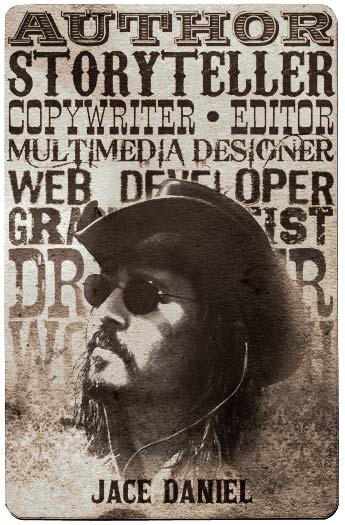



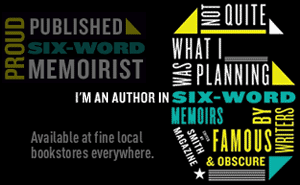
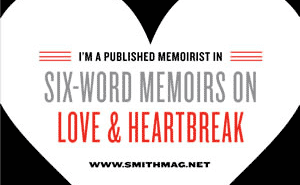



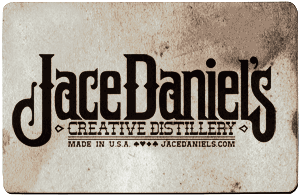
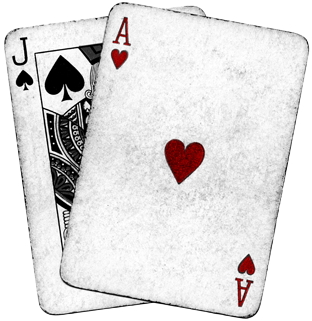
Hi Jace,
If you want to see the original source material for these archetypes, check out the Characters chapter from the Dramatica Theory Book. http://dramatica.com/theory/book/characters
Her 1/2 archetype, the Love Interest, can probably best be seen as the Influence Character rather than a specific character Archetype. If you want to read more about this special character (more a point-of-view than simply a character) you can here: http://narrativefirst.com/concepts/influence-character
Excellent. Thanks, Jim!